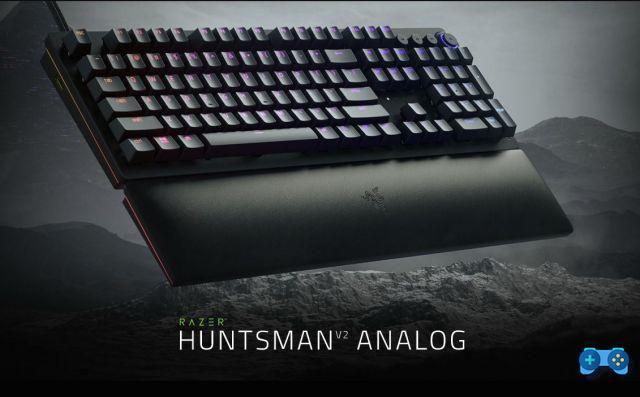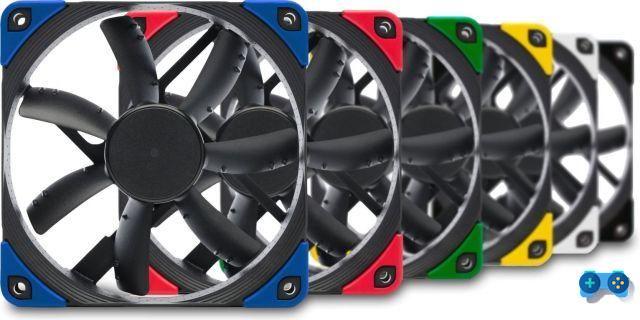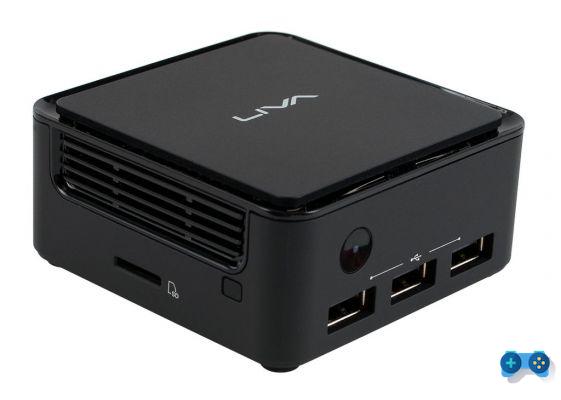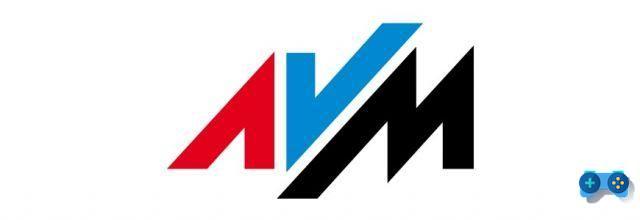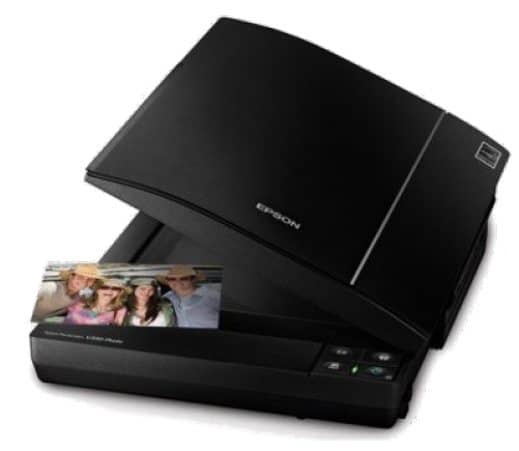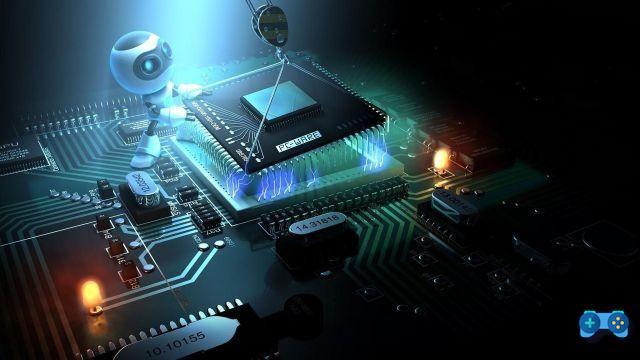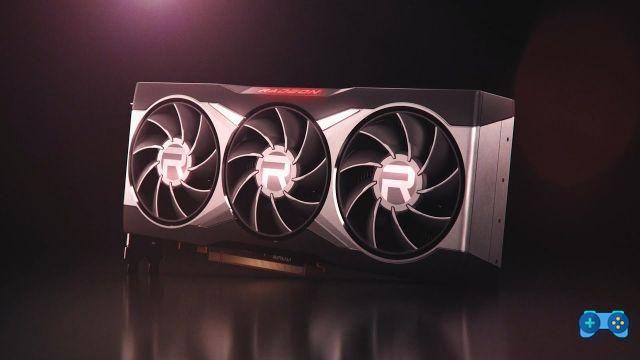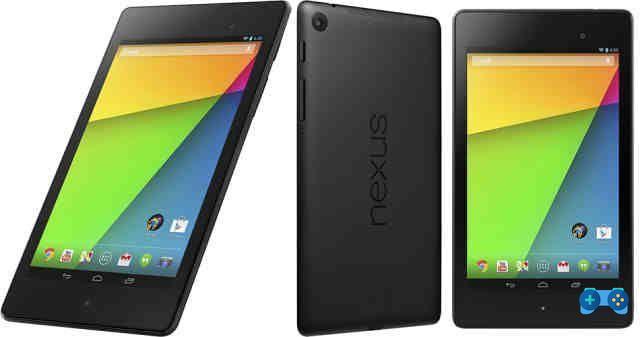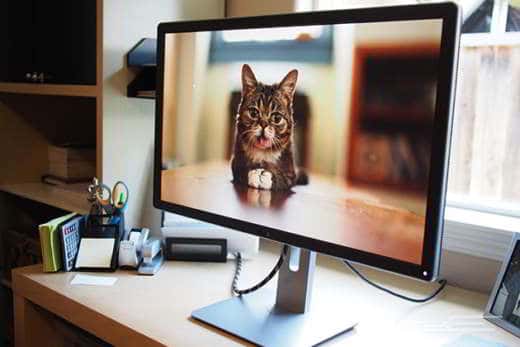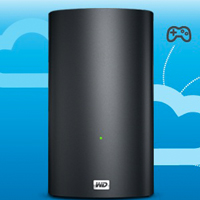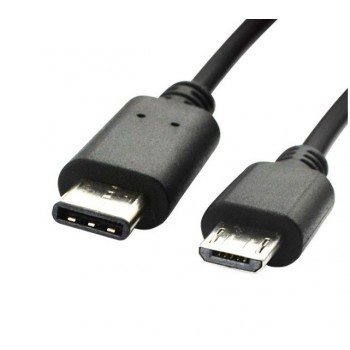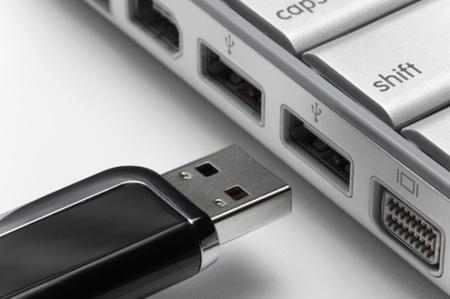Cwhat it is and how Raspberry works? Slightly bigger than a credit card, the second generation of the most famous mini computer in the world has recently been available in the Shop section of the official website: Raspberry Pi.
Raspberry Pi 2 Model B is a single board computer, that is a computer implemented on a single electronic board with reduced dimensions and incredible performances. Like Arduino, the well-known “open hardware”, too Raspberry is an electronic prototyping platform: the two differ not only in processor speed but also because the former is a microcontroller while the latter is a SoC (system on a chip).
Read on to find out cwhat it is and how Raspberry works
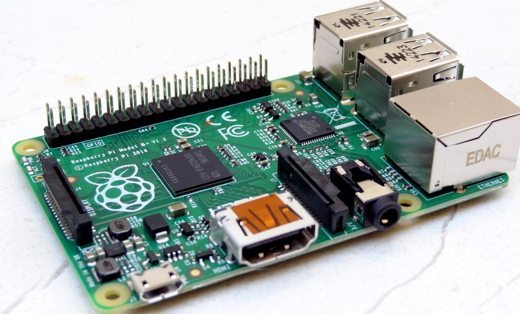
Like the previous Raspberry Pi 2, it keeps a low cost, approx 30 / 40 euro, but update the hardware compartment with 1GB RAM and a Quad Core processor ARM Cortex-A7 from 900 MHz, with the possibility of stable overclocking at 1GHz, six times faster than that mounted on the previous one Raspberry Pi B +.
As for the layout of the board, the arrangement and the type of connectors has not changed, you can continue to use the same expansions (camera, mini-display, shields, etc.) and case of the "old" Raspberry Pi B +.
With the new processor of Raspberry Pi 2, you can install many more operating systems than before. For instance Ubuntu, capable of allowing the use of proprietary programs, including codecs for any type of multimedia file and Java. Microsoft also announced that the new operating system Windows 10 will support the Raspberry Pi 2. In short, with a little knowledge of electronics and the Phyton language, you can create everything: from a touchscreen digicam to a 3D printer, up to a sophisticated home automation.
This low cost, low power consumption (5W) Desktop computer is thrilling many geeks, programmers and engineers helping to create an immense community DIY.
The features of the Raspberry Pi 2
- Micro SD Slot: the micro SD card for the Raspberry is the same as the hard drive for the PC. The operating system must be installed in it (the minimum size to avoid problems is 8GB)
- USB: There are 2.0 USB 4 ports, to which Wi-Fi adapters, keyboards, external hard drives and devices can be connected to increase the functionality of the mini PC.
- HDMI: is the Full HD video output (with digital audio) that allows connection to TV and monitor.
- Ethernet: allows you to connect the Raspberry to the router using the classic RJ-45 cable. It is 100Mb / s and allows, without hitches, the playback of movies in Full HD streaming via LAN.
- 40 PIN GPIO: allow the connection of electronic circuits to the Raspberry or the possibility of connecting simple copper cables to exploit digital input / output signals, serial buses (I2C, SPI, asynchronous serial) and 3.3 V and 5 V power supplies in electronic projects.
- Display Interface (DSI): it is used to connect a small LCD display for monitoring some functions or to assemble complete miniaturized systems.
- Jack 3.5MM: is the analog audio / video connection. It carries both stereo audio and composite video.
- Camera Interface (CSI): allows you to connect a (specific) video camera to the Raspberry without occupying one of the USB ports present.
- Broadcom BCM2836: The SoC integrates the GPU, the processor and part of the RAM memory. This makes the system highly performing and reduces its size. The GPU is capable of handling 3D graphics and acceleration with OpenGL.
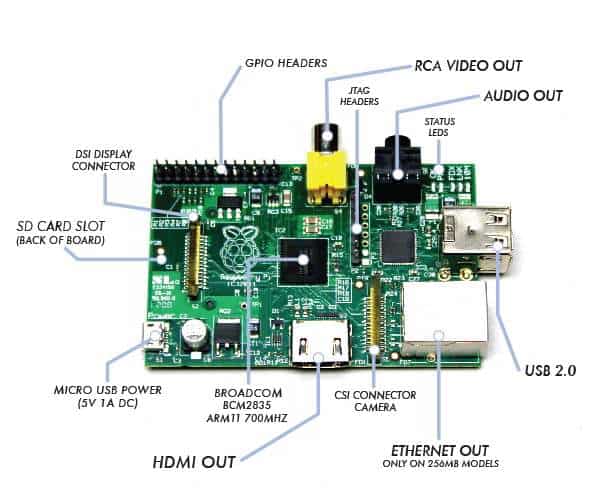
What you need to use Raspberry
- 8GB SD Card: Raspberry PI BOOBS 1.4: the operating systems for Raspberry must be installed on micro SD. This comes with NOOBS (New Out Of Box Software) pre-installed which facilitates the installation of the various distros. Cost € 10,23.
- Raspberry PI Model B+ Case (OneNineDesign): it is a case able to protect the Raspberry, so as to avoid short circuits. They come in all shapes and colors, but the classics transparent, white and black are the best. Cost 8,95.
- 5V 2000 MA power supply: to power the Raspberry you need a 5V power supply with microUSB plug, such as the one for smartphones and tablets. But in order not to have future problems, in case of overclocking or of many USB devices connected, it is better that it is 2 Amps. Cost € 10,99.
- New IT – Adattatore USB WiFi: the Raspberry does not have built-in Wi-Fi. To connect it to the network without an Ethernet cable, you need an adapter. Many of the Wi-Fi USB sticks on the market are fine but with a mini model, the design is preserved. Cost € 11,95
Here are some projects developed with Raspberry Pi 2
- Touch camera: using the sensor of a high definition webcam you can build yourself a touch-screen digicam.
- Video surveillance: controlling your home remotely can be very expensive, but with Raspberry, a webcam and a small circuit you can do it for just over 50 euros.
- Laptop: thanks to Pi-Top, a ready-to-assemble kit, you can transform the Raspberry into a real portable PC.
- Arcade cabinet: With a screen, a joystick and a couple of buttons, you can make a retro game cabinet similar to those that populated bars in the 80s.
For further information take a look at:
- Raspberry official site;
- Official Raspberry Forum.
Deprecated: Automatic conversion of false to array is deprecated in /home/soultricks.com/htdocs/php/post.php on line 606




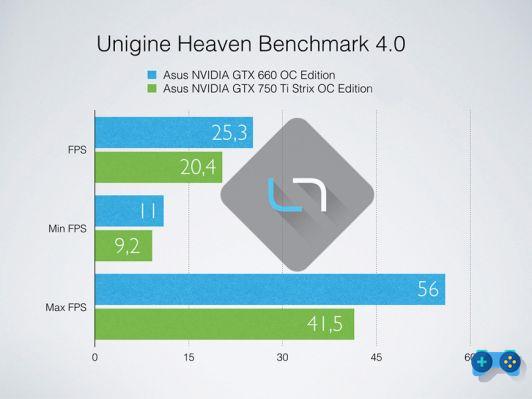

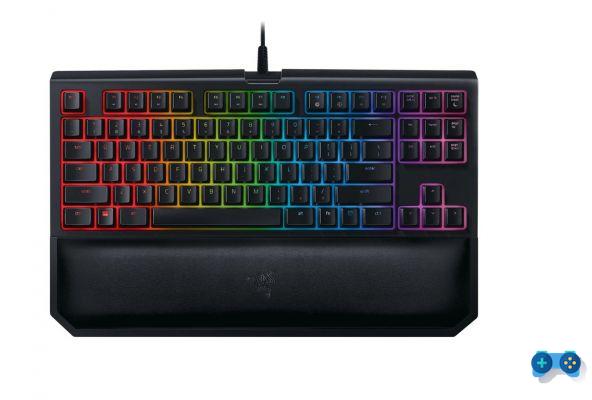
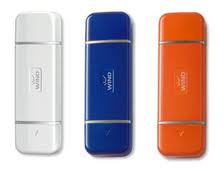
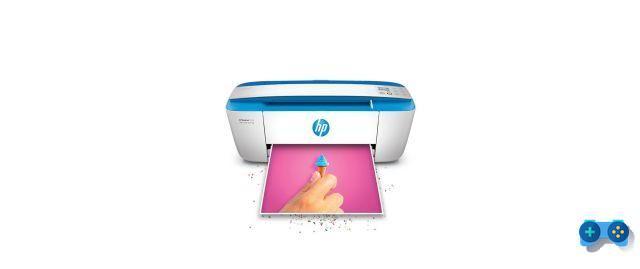
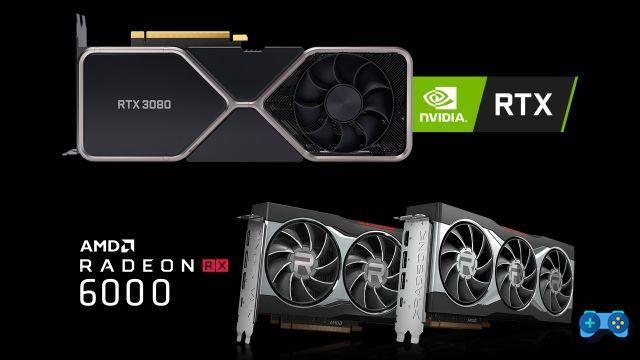
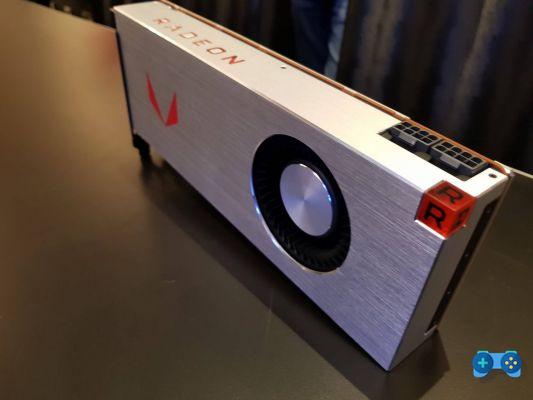
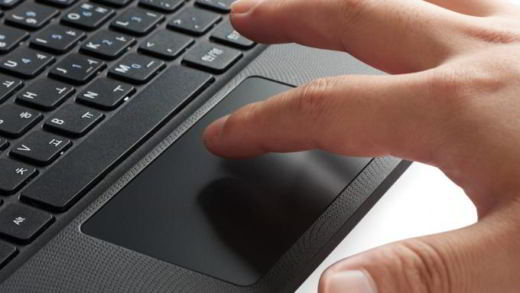
![[Guide] AMD Radeon 6970 bios flash on Radeon 6950](/images/posts/5a4f2e1de64af0ab9157a8720bbd4b54-0.jpg)
